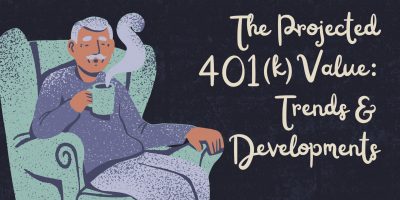
The Projected 401(k) Value: Trends & Developments
What does the retirement outlook for US workers look like?

The consumer is viewed as rational, calculating, and objective in the traditional economic model. The common assumption is that consumers can evaluate and make buying decisions based on costs and benefits.
However, the science of behavioral economics, which combines psychology with economics to understand purchasing behaviors better, says otherwise. According to behavioral economics, humans are emotional, irrational, biased, and may develop purchasing habits that threaten their financial wellness.
In this article, we’ll uncover how exactly buyers make their purchasing decisions and look at the ever-changing buyer’s journey.
The days of proximity commerce where buyers went to brick-and-mortar shops, relied on brand loyalty for quality, browsed, and bought products with little options and information are long gone.
In the era of digital commerce, all products and services are readily available 24/7 at our fingertips. Today, with the use of digital platforms, the purchasing process is more convenient, with a great variety of products available worldwide. Consumers can make better-informed decisions as all products have a comprehensive product description and reviews from other users.
This transformation in the purchasing process practically gives the consumer unlimited options and freedom. However, this choice overload significantly changes the complexity of the buyer’s journey. An abundance of options may be overwhelming and make it harder to reach a purchasing decision for many consumers.
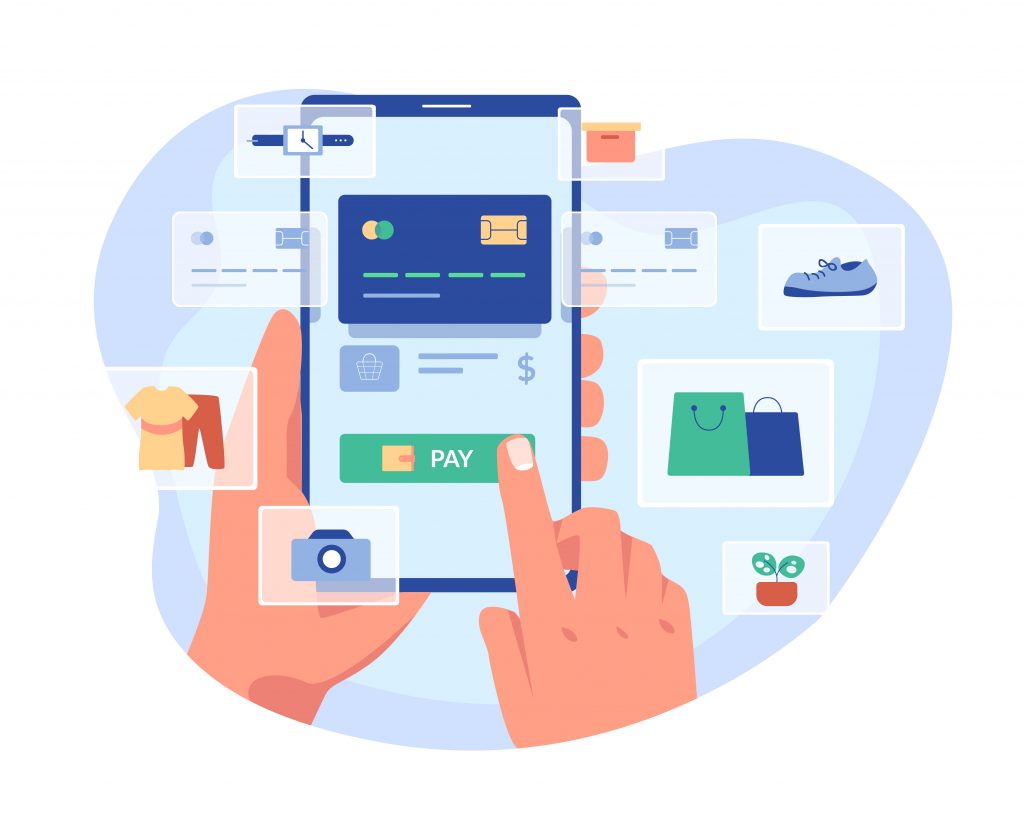
The standard decision-making cycle, also known as the “buyer’s journey” or the “purchase funnel,” refers to the process customers go through when purchasing a product or a service.
Considering its evolution and our abundance of choices, the buying decision process goes through several stages. Understanding what they entail can help companies, especially sales teams, better position their product or service at any purchase point in their buying journey.
Attempts to define the buyer’s journey have brought on many different models, each with a different take on the various stages in this process. However, in this article, we’ll explore the most common one that answers what the five buying decisions are, especially in the B2B buyer journey:
While these five stages can help us understand the thought process that often goes into a buying decision, the purchase funnel is no longer linear.
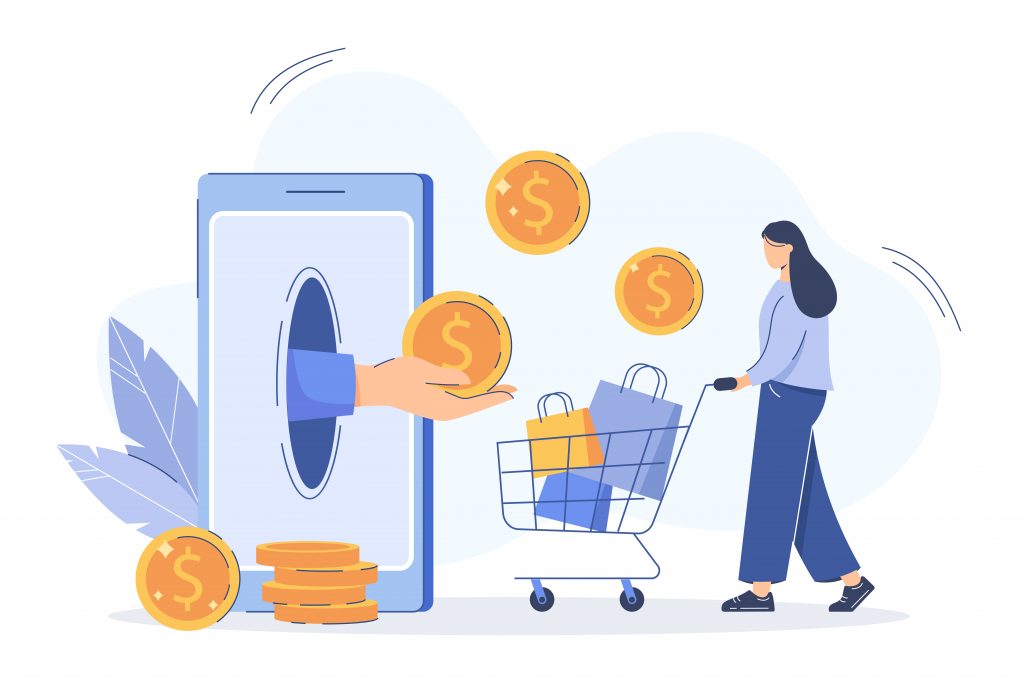
The internet’s wealth of options fundamentally changed consumer behavior in the buying journey, with one Google study determining that there are no “typical” purchase funnels. Instead, most people engage in two distinct mental processes.
The term “messy middle” was coined to describe how users navigate this space of abundant information between trigger and purchase.
Consumers rely on a range of cognitive shortcuts to reach a purchasing decision faster. We can identify which factors help consumers move more quickly from the exploration & evaluation phase and commit to purchasing.
A set of triggers are responsible for moving consumers from a passive state to an active purchase. In many cases, the factors that trigger an active purchase state are psychological, cognitive, emotional, cultural, or social factors.
Usually, they are separated into internal and external factors.
The last two include promotions and pricing strategies and the context of their purchase.
Moving away from this fundamental categorization, the physiology behind a purchasing decision, especially in the “messy middle,” can further be explored through a set of biases influencing how consumers behave in the purchasing journey. These are especially important for companies that want to turn high-quality prospects into recurring customers.
These are logical shortcuts that help consumers make quick and satisfactory decisions within a given category.
Short descriptions of product specifications and relying on these guidelines for choice simplifies the purchasing decision process. An example for this category would be, focusing on the megapixels (MP) the camera has when purchasing a smartphone or the amount of RAM a laptop has.
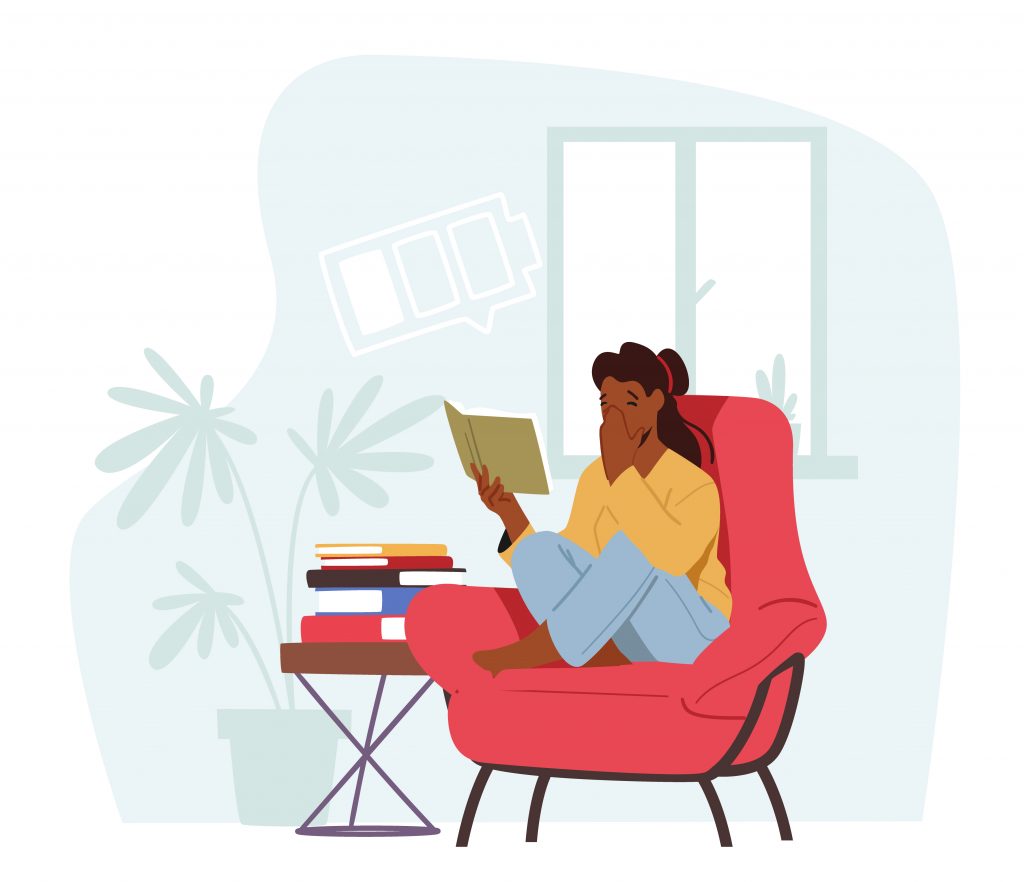
Consumers tend to change their minds and opinions to match those of authority figures. This means consumers can be swayed by someone they consider an expert, a trusted source, or an influencer.
By following the lead of credible people, consumers “offload” the decision-making process to someone else, therefore using authority as a mental shortcut in the purchasing process.
Like the authority bias, buyers tend to copy other people’s actions in situations of uncertainty. People rely on recommendations and reviews from others to shortcut their own decision-making. Social proof can be intentionally reading user reviews or unconsciously clicking on a popular product with a five-star rating.
As a natural tendency for consumers, marketers can use this behavior and leverage it to their advantage by showcasing social proof in their marketing strategies.
Users do not want to wait for products or services; they want them quickly. In fact, the longer consumers have to wait for a product, the weaker the proposition becomes.
“Power of now” as a concept explains the success of instant downloads and registration and 24-hour delivery instead of waiting for a product. It revolves around the idea that modern shoppers desire immediate gratification regarding products and services, which businesses can use to gain a competitive edge.
A universal bias is when something has limited availably or is scarce. It automatically becomes better and more desirable. Consumers feel attracted when something is limited, and this scarcity usually appears in three forms:
There is a reason why consumers are more drawn to “Buy one, get one free“ and not “Buy two products, get 50% off“.A gift or incentive can be a powerful motivator, especially when making complex purchasing decisions.
Like a free sample or free shipping, an appealing perk is a powerful trigger to move buyers from a passive state to an active purchase.
These past couple of decades have profoundly altered the buying decision process.
Between technological innovation and the rise of the internet, digitalization and e-commerce changed people’s perceptions, habits, and purchasing behaviors.
The traditional pre-internet path of discovering, assessing, and purchasing products or services has evolved into a dynamic process presenting new opportunities and challenges for business owners. People no longer depend only on word-of-mouth recommendations, time-consuming research, or physical shops.
Instead, the modern consumer is impulsive, tech-savvy, and demanding.
Online reviews, social media interactions, and expert insights now guide decision-making. This democratization of information has empowered consumers to make more informed choices, and businesses must adapt their strategies to align with this new reality.
While the evolution of trends and behaviors is likely to continue amid new technological advancements, it’s vital to understand how much of the buyer’s journey is digital to apprehend the current situation.
A commonly quoted statistic suggests that up to 67% of the buyer decision process is digital, although the exact number is open to debate.
What’s indisputable, however, is the tremendous influence of digital touchpoints, from the initial product discovery to the final purchase and even beyond into post-purchase engagement.
Brands that embrace this shift and invest in a strong digital presence, seamless user experiences, and personalized interactions will be well-positioned to capture the attention and loyalty of the modern consumer.
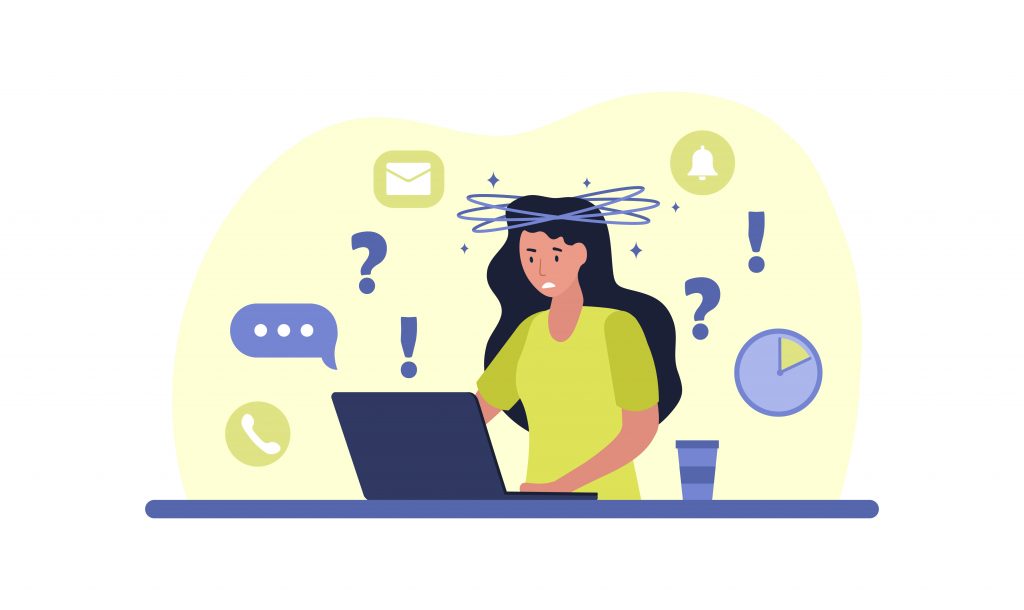
In the vast pool of alternatives, value-conscious consumers are now looking for brands they can relate to and trust rather than brand names.
As for the B2B buyer, a Forbes article reveals they’re shifting to a self-serve experience, are skeptical, and don’t want to be cold-called or emailed. Instead, they prefer upfront transparency in pricing and better customer proof.
Evidently, the buying decision process has become more complex and continues to evolve. Matching the new buyer’s journey in 2023 and the coming years is challenging but attainable. Ultimately, succeeding in the “messy middle” is possible only by embracing and understanding the key factors that drive buyers to make decisions.
Senior Content Writer & Content Writer at Shortlister
Browse our curated list of vendors to find the best solution for your needs.
Subscribe to our newsletter for the latest trends, expert tips, and workplace insights!

What does the retirement outlook for US workers look like?

Explore the ins and outs of legal coverage, from consultations to courtroom support, and get a clear understanding of how legal insurance works for you.
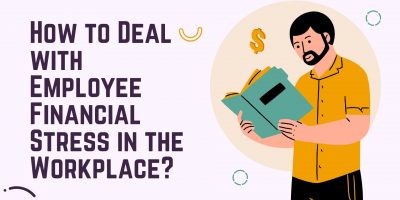
What is the cost of employee financial stress? For employers, economic hardships usually mean reduced efficiency, increased absenteeism, and turnover rates. But for employees, the situation can be even more challenging.

From uncovering new qualified leads and creating meaningful relationships with prospects to driving more sales, learn how intent data is a cutting-edge tool for an effective sales strategy.
Used by most of the top employee benefits consultants in the US, Shortlister is where you can find, research and select HR and benefits vendors for your clients.
Shortlister helps you reach your ideal prospects. Claim your free account to control your message and receive employer, consultant and health plan leads.